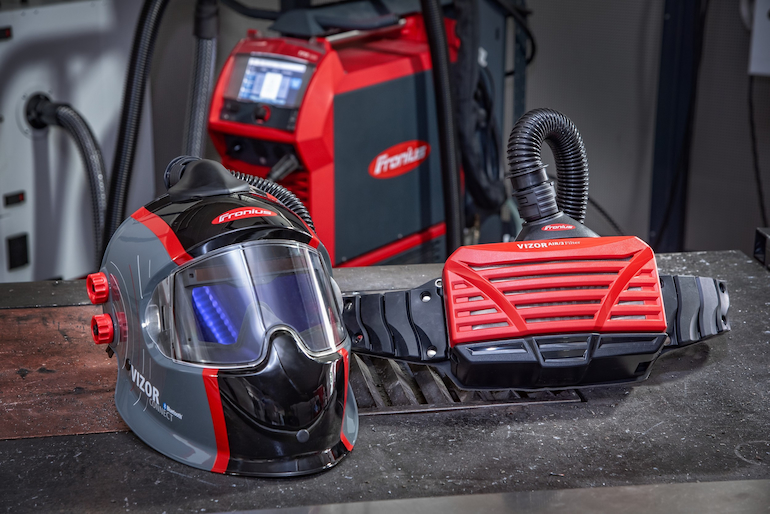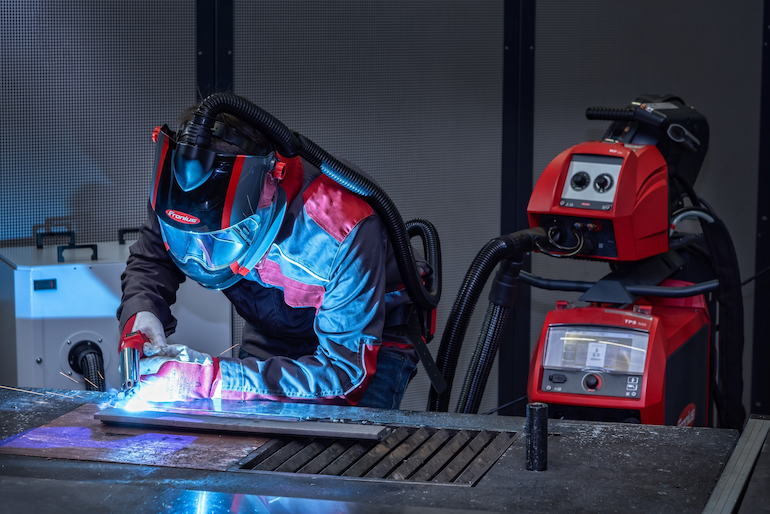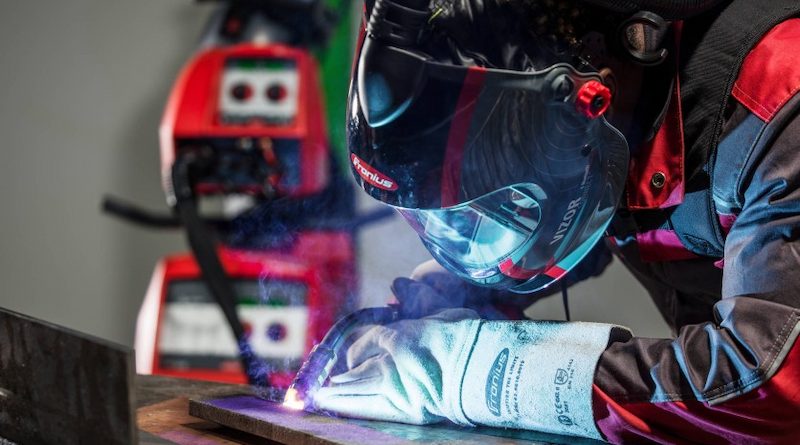Safety First: A Guide to Air Fed Welding Helmet Filters
The highest air quality is vital for a welder’s safety and health regardless of their working place, the welding process, or the base or filler metals they use, as inhaling welding fumes or dust can have adverse, and sometimes fatal, health effects for welders. Some of the illnesses related to it, such as metal fume fever or temporary-reduced lung function, are short-term, while others are devastating health risks. These include severe pneumonia, occupational asthma and even forms of cancer.
Because of all that, there are mandatory standards that welding workshops and production halls must comply with. Wearing a welding helmet accompanied by a safety respiratory system and eye protection is one of them. There are several welding helmet types and systems, and your welding job will immensely impact which one will be the best choice for you. Because of the convenience that air-fed welding helmets provide, they’re a well-liked option among welders worldwide.
How Do Air-fed Welding Helmets Work?

Essentially, air-fed masks are welding helmets with built-in respirators. They’re also known as PARP (Powered Air Purifying Respirator) helmets and deliver fresh, filtered air to the user while protecting them from harmful fumes and gases.
Air-fed masks come with a filtration unit the welder wears on their back. When the blower takes in the air from the atmosphere, it passes through the filter system. Then, the clean air passes through a flexible tube to the helmet’s top over the welder’s head and face. The purge of created air prevents dust, particles and fumes from getting into the helmet.
What Is the Purpose of an Air Purifying Respirator?
From how the PARP system works, it’s apparent it’s the filter’s job to capture and remove airborne particulates from your work environment and provide clean air to the user. You should replace each helmet air filter on time to maintain the highest air quality levels while you work.
What do you need to know about replacing the air filters in an air-fed welding helmet? How often should you do that to maintain your air-filtering system for optimum air quality?
How Often Do You Change the Filter on an Adflo?

There are several advantages to maintaining your Adflo PAPR system properly, both in terms of safety and production. To guarantee you have the proper protection, we review each essential consumable below and the ideal time to replace it! Please note that the change frequencies listed are for welders who use their equipment for at least four hours per day and may differ based on unique situations and application needs.
Particle Filter
Give your filter a heartfelt farewell and acquire a replacement when the red indicator appears. Alternatively, if the battery life is too short or a filled filter sets off the low airflow alert, you might need to replace the filter with a new one. You should change this part of the filtration system at least once a month.
Pre-filter
Because changing your pre-filter will directly affect the other parts of your Adflo system, we advise doing it once or twice a week. Most importantly, frequent pre-filter turnover will reduce the particle filter’s duty, saving you money and extending the life of your Adflo PAPR battery. That will guarantee the best bang for your buck in the long term.
Gas Filter
The rules at your place of employment will determine how often you should change your gas filter. Note that taste and smell should not be indicators of change.
Odour Filter
When you notice an offensive odour, it’s time to change your odour filter to put a fine point on it. And when the time comes to replace it, you may save a few pennies by getting an odour filter replacement pad rather than a brand-new filter!
Spark Arrestor
If your spark arrestor breaks down, exhibits other damage, or no longer fits correctly, you should replace it. Establish a routine of monitoring its condition since this will enhance the overall safety of the Adflo unit.
Other Considerations
- A gauge, an audible tone, an indicator or some combination will typically indicate the need for replacing your helmet air filter. Always check the instruction manual to find the indicator on the filter extraction unit. A decrease or reduction in extraction capacity is another way to indicate that the filter has become oversaturated and needs to be changed.
- Depending on the welding procedures you employ and the specific welding settings you choose, the pace of generating welding smoke may change. When appropriate, the selection of shielding gases can also affect the production of fumes. Regarding welding, stick and flux-cored tend to produce more smoke than MIG and TIG welding, which usually produce less particulate matter. You should consider the welding process and parameters when determining the replacement schedule of your filter since they may affect its lifespan.
- You may also predict when to change your filter by considering how many hours and shifts your system runs. The filter needs to be changed sooner, the more hours and shifts.
- A filter inspection and replacement may be necessary if the environment or climate changes. Plan a filter change during the summer when firms perform major maintenance. The cooler temperature during the autumn and winter is a fine reminder to inspect the exhaust systems regularly, as windows and doors are usually kept closed during these seasons.

